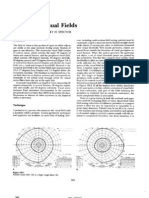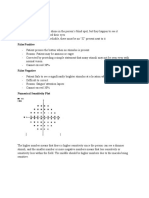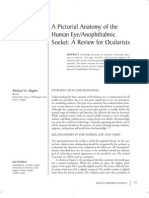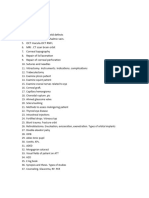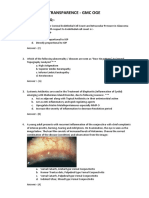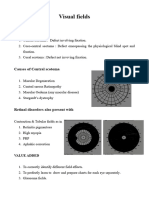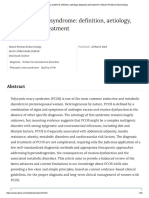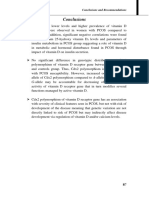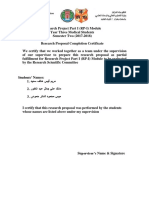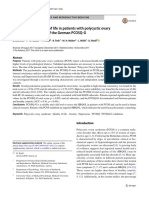100% found this document useful (1 vote)
2K views28 pages4 Visual Field
This document provides information about visual field testing and analysis. It defines key terms like visual field, scotoma, and perimetry. It describes different types of perimetry including static, kinetic, and confrontation tests. It outlines common visual field defects like central scotomas, arcuate defects, and peripheral hemianopias. Causes of visual field loss are mentioned, such as optic nerve lesions, retinal diseases, and cerebral lesions. Assessment methods like Goldmann and Humphrey perimetry are also detailed.
Uploaded by
Mariam QaisCopyright
© © All Rights Reserved
We take content rights seriously. If you suspect this is your content, claim it here.
Available Formats
Download as PDF, TXT or read online on Scribd
100% found this document useful (1 vote)
2K views28 pages4 Visual Field
This document provides information about visual field testing and analysis. It defines key terms like visual field, scotoma, and perimetry. It describes different types of perimetry including static, kinetic, and confrontation tests. It outlines common visual field defects like central scotomas, arcuate defects, and peripheral hemianopias. Causes of visual field loss are mentioned, such as optic nerve lesions, retinal diseases, and cerebral lesions. Assessment methods like Goldmann and Humphrey perimetry are also detailed.
Uploaded by
Mariam QaisCopyright
© © All Rights Reserved
We take content rights seriously. If you suspect this is your content, claim it here.
Available Formats
Download as PDF, TXT or read online on Scribd
/ 28
